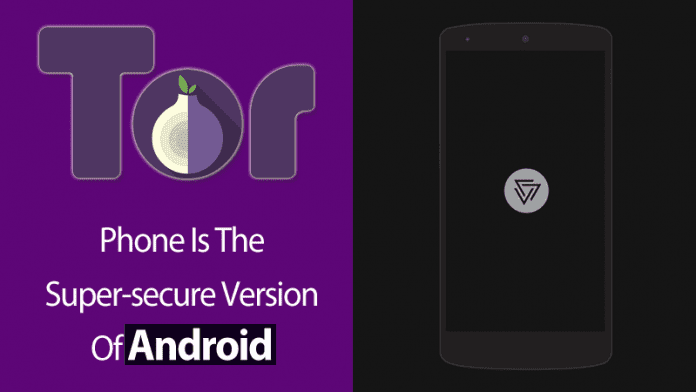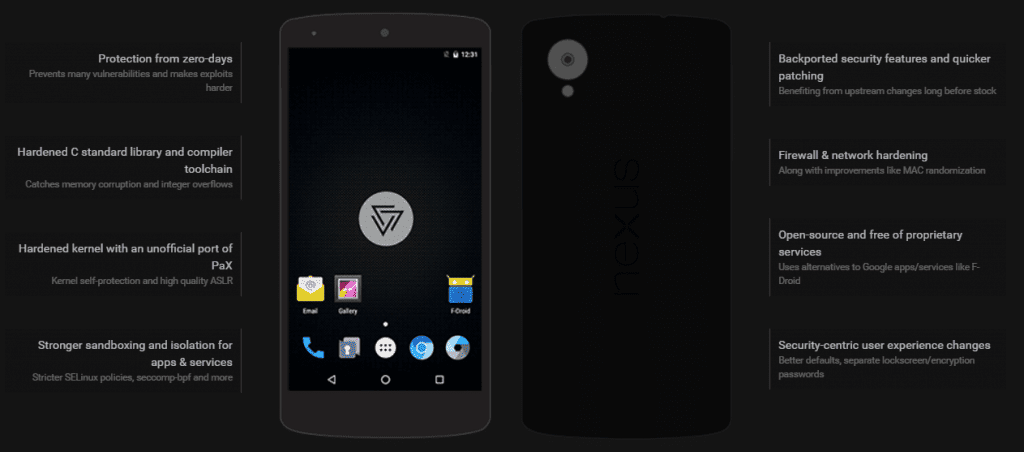Hence, a curious name was given by Tor Project to its prototype Android system. It is essentially designed by Mike Perry, one of the developers of Tor. In a blog post, he explains that “This prototype is meant to show a possible direction for Tor on mobile. While I use it myself for my personal communications, it has some rough edges, and installation and update will require familiarity with Linux”. Hence, the tone and directions are very clear “We are trying to demonstrate that it is possible to build a phone that respects user choice and freedom, vastly reduces vulnerability surface, and sets a direction for the ecosystem with respect to how to meet the needs of high-security users. Obviously, this is a large task. Just as with our earlier prototype, we are relying on suggestions and support from the wider community”. The prototype will only work on the Google Nexus and Pixel hardware, as these are the only Android device lines, Perry wrote, that “support Verified Boot with user-controlled keys”. The Mission Improbable does not reinvent the wheel. Rather than directly address the very malleable material of Android, hence, Mike Perry chose the Copperhead OS, it is an Android distribution that comes with multiple security enrichment. Furthermore, Mike Perry explains that “Copperhead is also the only Android ROM that supports verified boot, which prevents exploits from modifying the boot, system, recovery, and vendor device partitions”. Moreover, to protect the users’ privacy, the prototype will run OrWall, it is an Android firewall that simply routes traffic over Tor and blocks all other traffic. Simply it will let you take complete control of your smartphone. If you interested regarding this then you can find Mission Improbable on GitHub. More technical details can be found on the blog from the Tor Project . Above all, “Mission Improbable” is there to discuss weak points of the normal operating systems and show how one could make it better. Even the developer himself uses the system for his private communication with e-mail, signal and XMPP for chatting, Mumble for voice chat, offline maps, and navigation with OsmAnd as well as for photos and the reading of news and books.



